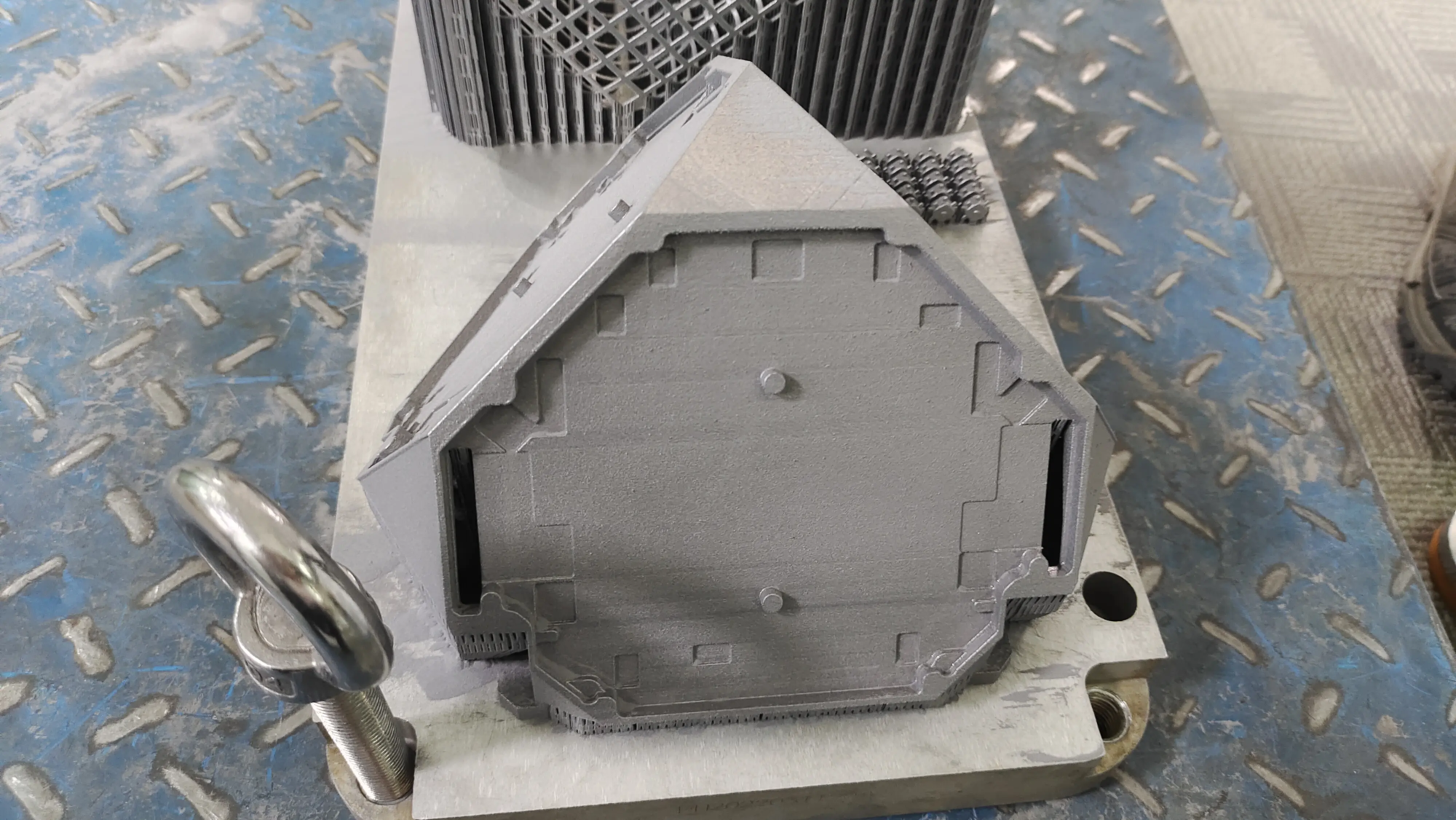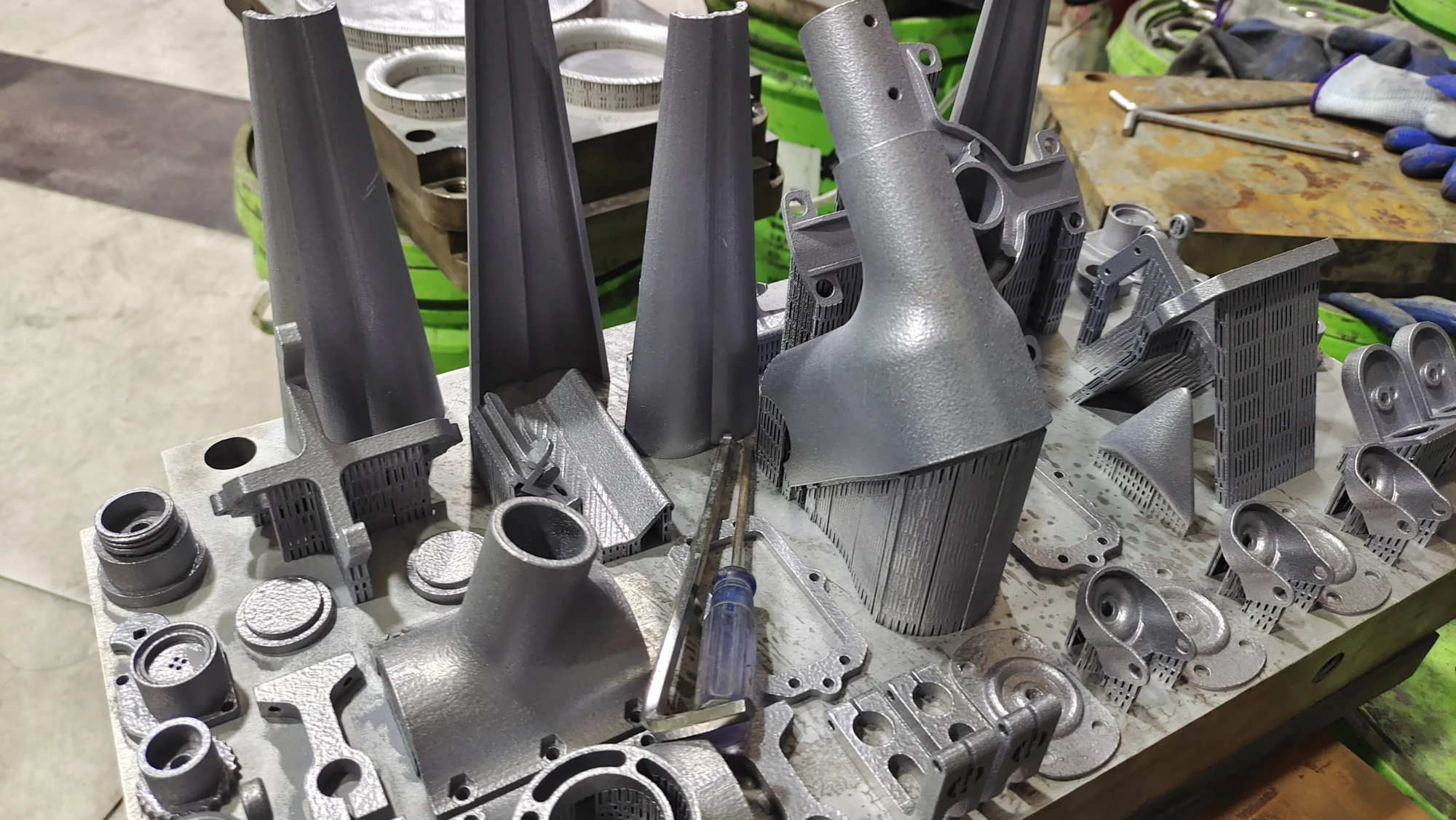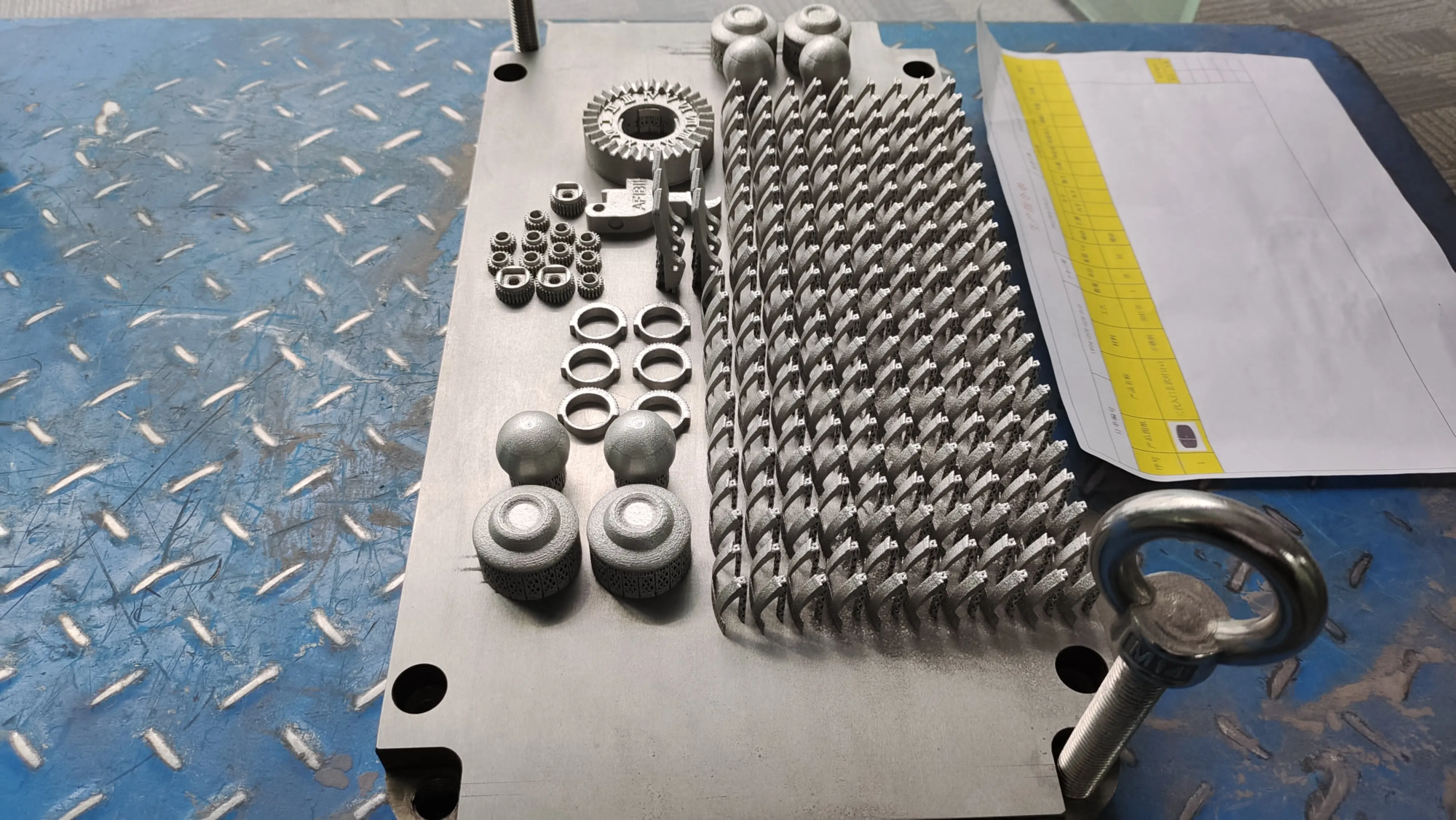With the continuous development of technology, the manufacturing world has undergone a major shift towards innovative and effective production methods. Such revolutionary technology is 3D printing, which has been growing in popularity over the years due to its ability to easily create complex shapes and structures. In this article, we will dig into the world of 3D printing and explore its foundations, applications and benefits.
First, 3D printing is the process of creating three-dimensional solid objects from digital files. This is achieved by layering materials such as metals, plastics and ceramics that are fused together to form the desired shape. The process begins with creating a digital model of the object, then cutting it into thin layers and sending it to a 3D printer. The printer uses the required materials to read the design and starts printing objects by layer.
There are several types of 3D printing techniques, including stereolithography (SLA), selective laser sintering (SLS), and fusion deposition modeling (FDM). Each technology has its own unique characteristics and is suitable for specific applications. For example, SLA is often used to create prototypes and models with high precision and detail, while SLS is used to produce rugged and durable parts. On the other hand, FDM is widely used to create prototypes and end-use products with complex geometry.
One of the key benefits of 3D printing is its ability to generate complex shapes and structures that cannot be achieved by traditional manufacturing methods. This makes it a popular choice for industries such as aviation, automotive and healthcare, requiring sophisticated parts and models. Additionally, 3D printing allows rapid prototyping, which allows companies to quickly test and refine their products, reducing the time and costs associated with traditional prototype methods.
Another important advantage of 3D printing is its ability to easily produce customized products. This opens up new opportunities for industries such as fashion and healthcare, which are in high demand. For example, 3D printing can be used to create custom prosthetics, implants, and dental models that can be tailored to the specific needs of an individual.
When it comes to materials, 3D printing offers a variety of options, including metal, plastic, ceramic and glass. Each material has its own unique properties and is suitable for specific applications. For example, metal is often used to produce strong and durable parts, while plastic is used to create prototypes and models with complex geometries.
At the professional rapid prototyping manufacturer Greatlight, we have Advanced SLM 3D printer equipment and production technology, which enables us to provide high-quality 3D printing services. We focus on rapid prototyping of metal parts and can also provide one-stop post-processing and finishing services. Our team of experts works closely with customers to understand their specific needs and provide customized solutions that meet their needs.
In short, 3D printing is a revolutionary technology that has changed the manufacturing world. Its ability to produce complex shapes and structures, rapid prototyping, and custom functions make it an attractive choice for a wide range of industries. With the continuous development of technology, we can expect to see more innovative applications of 3D printing in the future. Whether you want to create a prototype, model or an end-use product, 3D printing is definitely worth considering.
Frequently Asked Questions
Q: What is 3D printing?
A: 3D printing is the process of creating three-dimensional solid objects by layering materials such as metal, plastic and ceramics from digital files.
Q: What are the benefits of 3D printing?
A: The benefits of 3D printing include rapid prototyping, customization, and the ability to produce complex shapes and structures that cannot be achieved by traditional manufacturing methods.
Q: What types of materials can be used for 3D printing?
A: A variety of materials can be used for 3D printing, including metal, plastic, ceramic and glass.
Q: Which industries use 3D printing?
A: 3D printing is used in a wide range of industries including aerospace, automotive, healthcare, fashion, etc.
Q: How does 3D printing work?
A: The process of 3D printing involves creating a digital model of an object, cutting it into thin layers, and then sending it to a 3D printer, which reads the design and starts printing the object in one layer.
Q: What is the difference between 3D printing and traditional manufacturing?
A: 3D printing allows rapid prototyping, customization and production of complex shapes and structures, which cannot be achieved through traditional manufacturing methods.





